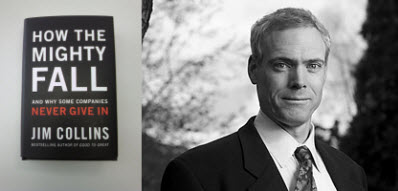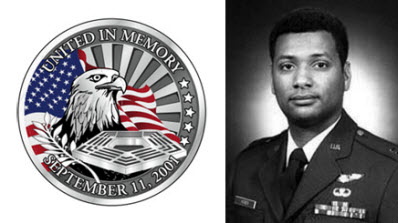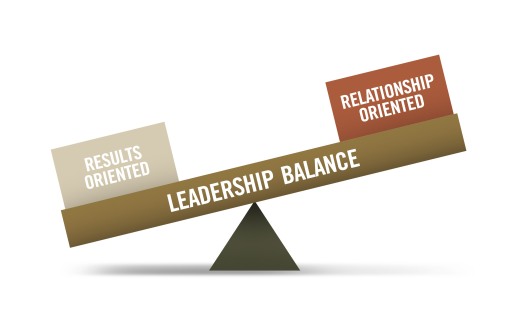Original OpEd Published by TheHill.com
Regardless of your personal vote and support of Barack Obama and his policies, he is our President and Commander in Chief. He sets our foreign policy for the most part and commands our military. Certainly, there are no simple or easy solutions to dealing with whoever is responsible for the horrid deaths by the lethal, illegal, gassing of Syrian citizens which the United Nations is still documenting.
Still, we’ve heard a clamoring for “leadership” by both Americans and the media to address this crime against humanity. Some have supported President Obama’s threat of force, but the vast majority of Americans, both Republican and Democrat, even independents alike, strongly oppose such use of force by the United States.
So how does President Obama—who has been accused of leading from behind—regain confidence from the people he was elected to lead? Here are five important steps –
Keep America the first priority. As the elected leader for the United States of America, President Barack Obama’s top commitment is to his electorate—the American people. All other objectives such as global responsibilities and commitments to our allies, keeping both sides of the political spectrum satisfied, or strategizing his party for the 2014 election—should be secondary to what is truly in our national interest.
Get qualified counsel. When the risks are high, you need insights from the most experienced leaders possible—not political hacks or PR experts. Just recently, Zig Brzezinski and Henry Kissinger were on a TV talk show expressing concerns about retaliatory strikes on Syria. Perhaps they could’ve given some good advice before the “red line” was communicated? Leaders never know it all and many times don’t have the best ideas, but they know when to listen and when to follow their own instincts when getting counsel.
“Leaders never know it all and many times don’t have the best ideas, but they know when to listen and when to follow their own instincts when getting counsel.”
Choose the best worst decision. The Syrian issue has deteriorated so that there are no good options. Tony Mendez, CIA operative who planned and executed the exfiltration of the American hostages (ARGO) during the Iranian crisis of 1980 said that he had to convince the CIA Director to go for the best of the worst plans. President Obama is in a similar dilemma. After reviewing multiple facets of society that will be affected by the decision, he should choose the best worst decision without delaying the issue any further.
Communicate with clarity and focus. In the President’s defense, there is relentless pressure by the American people and the world to get immediate answers as scenarios continue to develop in Syria. While he is accountable to the American people for a plan to engage with Syria, the first rule in the accountability process is communicating a clear and focused foreign policy plan based on the steps above.
Execute the plan. Once the carefully constructed foreign policy plan has been communicated, execute the plan and own it. Consistency in execution is essential and especially when your plan is high risk. The president will gain more national confidence and respect—even if it’s an imperfect plan—by taking action and leading the charge on a clearly established plan.
“Consistency in execution is essential and especially when your plan is high risk.”
President Roosevelt’s plan to attack Japan in 1942 was far out and destined to fail militarily. Lt. Col. Jimmy Doolittle and his strike force did little damage to Tokyo, and most of our planes never made it to their recovery bases in China. But the decision to carry out this flawed plan proved strategically valuable as it shockingly exposed the vulnerability of the Japanese homeland, and on the other side of the globe it gave a tremendous morale boost to the American people at a time when it was sorely needed.
Sixty-one years later, America needs another morale boost. These five steps won’t guarantee a successful foreign and military policy on Syria, but it will give us the best chance of charting our way through challenging times.
{Editor’s Note: Though this article is focused on Obama’s presidential leadership, these five steps obviously work for any leader. What step above is the most important to you in your personal leadership? Why is it a challenge, many times, to execute these simple (but not easy) steps? Please share your thoughts.}
LE
Related Articles:
Quitting is Not An Option: How to Get Up One More Time Personally and Professionally
Washington Needs a Real Shot of Courage—A Call to Action Editorial







